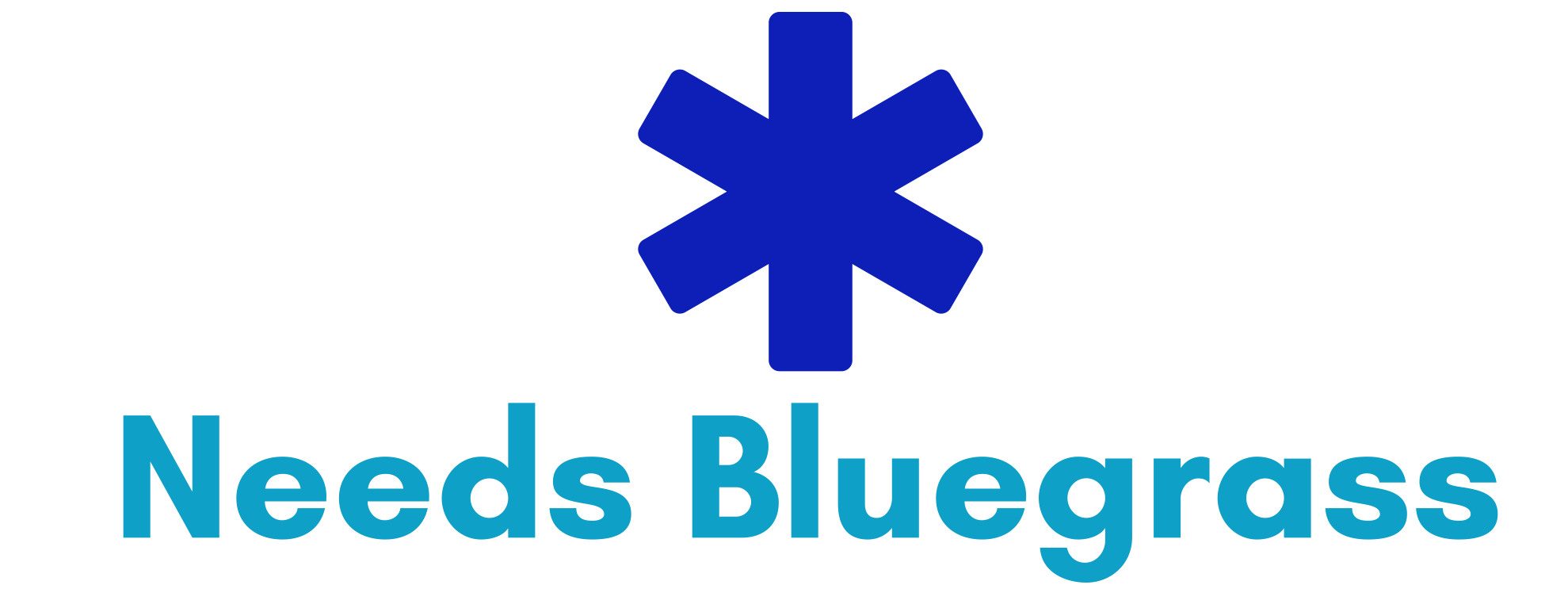Physical activity is a crucial component of a healthy lifestyle. It not only helps maintain a healthy weight but also has numerous other health benefits, including reducing the risk of chronic diseases, improving mental well-being, and enhancing overall quality of life. However, with so many options and recommendations available, it can be challenging to know where to start. In this comprehensive guide, we’ll break down the key physical activity recommendations and provide actionable tips to help you incorporate exercise into your daily routine.
The Importance of Physical Activity
A Sedentary Lifestyle’s Impact
- Health Risks: Leading a sedentary lifestyle, characterized by prolonged periods of sitting or inactivity, can lead to health risks such as obesity, heart disease, diabetes, and even certain types of cancer.
- Mental Health: Physical activity is not just about the body; it also has a profound impact on mental health. Exercise releases endorphins, which can improve mood and reduce symptoms of anxiety and depression.
- Longevity: Studies have shown that regular physical activity is associated with increased longevity. Engaging in regular exercise can extend your life and improve your overall well-being.
Understanding Physical Activity Recommendations
The Basics
- Aerobic Activity: The American Heart Association recommends at least 150 minutes of moderate-intensity aerobic activity or 75 minutes of vigorous-intensity aerobic activity per week for adults. This can be broken down into sessions of 30 minutes, five days a week.
- Strength Training: It’s essential to incorporate strength training exercises at least two days a week. These exercises help build and maintain muscle mass, which is crucial for metabolism and overall strength.
- Flexibility and Balance: While often overlooked, activities that improve flexibility and balance are essential, especially as we age. Yoga, stretching, and balance exercises can help prevent falls and injuries.
Tips for Meeting Physical Activity Goals
1. Find Activities You Enjoy
The key to sticking with an exercise routine is finding activities you genuinely enjoy. Whether it’s dancing, swimming, hiking, or playing a sport, choose activities that make you look forward to being active.
2. Start Slowly and Progress Gradually
If you’re new to exercise or returning after a break, start slowly and gradually increase the intensity and duration of your workouts. This reduces the risk of injury and prevents burnout.
3. Set Specific Goals
Setting clear and achievable goals can help keep you motivated. Whether it’s running a certain distance, lifting a specific weight, or mastering a yoga pose, having goals gives you something to work toward.
4. Incorporate Physical Activity into Your Daily Routine
Look for opportunities to be active throughout the day. Take the stairs instead of the elevator, walk or bike to work, and use breaks to stretch or take short walks.
The Benefits of Regular Physical Activity
Physical Health Benefits
- Weight Management: Regular exercise helps burn calories, making it easier to maintain a healthy weight or lose excess pounds.
- Heart Health: Aerobic activities strengthen the heart, improve circulation, and reduce the risk of cardiovascular diseases.
- Bone Health: Weight-bearing exercises, such as walking and strength training, help maintain bone density, reducing the risk of osteoporosis.
Mental Health Benefits
- Stress Reduction: Physical activity triggers the release of endorphins, which can reduce stress and improve mood.
- Better Sleep: Regular exercise can lead to improved sleep quality and help combat insomnia.
- Increased Cognitive Function: Physical activity has been linked to improved cognitive function, memory, and overall brain health.
Overcoming Common Barriers
Time Constraints
- Prioritize: Make physical activity a priority in your schedule by blocking off dedicated time for workouts.
- Shorter Workouts: If time is limited, consider shorter, more intense workouts, like high-intensity interval training (HIIT).
Lack of Motivation
- Accountability: Partnering with a friend or hiring a personal trainer can help keep you accountable and motivated.
- Variety: Keep things interesting by trying different activities and workouts to prevent boredom.
Physical Limitations
- Consult a Professional: If you have specific health concerns or physical limitations, consult with a healthcare professional or physical therapist to create a tailored exercise plan.
- Adaptations: Many exercises can be adapted to accommodate physical limitations. For example, chair exercises can be beneficial for those with mobility challenges.
Making It a Lifelong Habit
Consistency is Key
- Consistent Effort: Building a habit of regular physical activity takes time and consistent effort. Be patient with yourself and stay committed.
- Gradual Progression: As you become more comfortable with your routine, gradually increase the intensity or try new activities to keep things fresh.
Celebrate Achievements
- Track Your Progress: Keep a journal or use fitness apps to track your progress and celebrate milestones along the way.
- Reward Yourself: Treat yourself to small rewards when you reach your fitness goals, whether it’s a new workout outfit or a relaxing spa day.
Stay Informed
- Stay Updated: Continuously educate yourself about the latest fitness trends, techniques, and nutrition to optimize your health and fitness journey.
- Listen to Your Body: Pay attention to your body’s signals. If you need rest or recovery, honor that.
Conclusion
Physical activity is a fundamental aspect of a healthy life, and the benefits extend far beyond physical well-being. Incorporating regular exercise into your daily routine can improve your mental health, increase longevity, and enhance your overall quality of life. By understanding the recommended guidelines, setting achievable goals, and overcoming common barriers, you can make physical activity an integral part of your lifestyle.
Remember that the journey to a more active life starts with small steps. Whether you’re just beginning or looking to take your fitness to the next level, consistency and dedication are the keys to long-term success. So, lace up those sneakers, find activities you love, and embark on a path to improved health and vitality through physical activity. Your body and mind will thank you for it.
